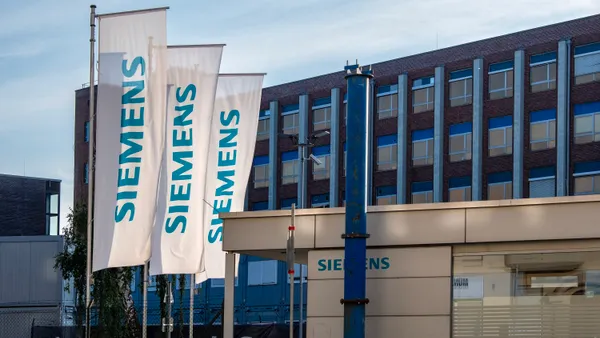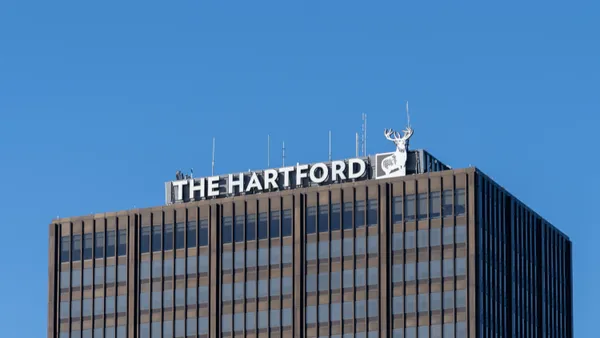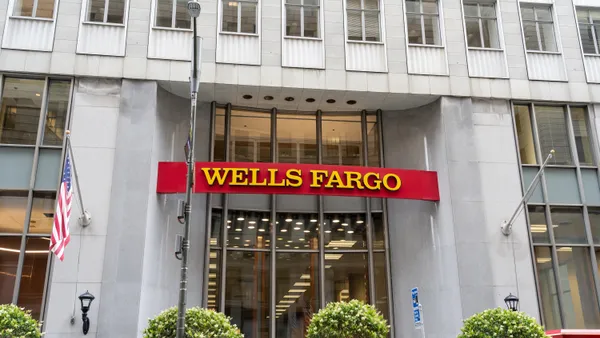I've spent the better part of my 20+ years in tech trying to make work easier and simplify the way people collaborate. As a product leader at companies like Adobe, Box, and EMC, I led teams that dove into digital workflows to remove friction from routine tasks like sharing files and collaborating on documents. Today at Miro, I'm bringing this same approach to making the digital workplace more visual and engaging.
My background in tech has led me to pay close attention to the phenomenon that's been called the great resignation. Since the start of the pandemic, millions of knowledge workers have left their jobs - sometimes to take new ones or change careers, and other times to refocus and reprioritize their lives with no job lined up at all.
Too many people are experiencing burnout at work. Some studies point to an increase in meetings since the start of the pandemic as one source of fatigue. Even outside of meetings, collaboration in the enterprise is often painful, relying on a volley of messages, logging into multiple applications, and corralling colleagues around the world to get the alignment we need to make an impact. The result is a work experience that is chaotic, disengaging, frustrating, and inhuman.
My years of experience in working to improve digital work, lead me to believe that there are opportunities for businesses to use new technology and work practices to improve employee retention. A redesigned approach to collaboration technology and practices can offer relief in areas where workers are hurting the most and help firms improve employee satisfaction, drive innovation, and keep their top talent excited about coming to work.
Bring asynchronous work into the mainstream
If meetings are one of the leading causes of burnout, then shifting to asynchronous methods of working can help prevent it. Asynchronous work is a style of working that doesn't require all team members to be online simultaneously, which means employees have more flexibility regarding when and how they work and fewer cognitive interruptions when they focus on tasks.
Normalizing asynchronous work requires a cultural shift. At Miro, we've adopted "No meeting Wednesdays" that give our team a full day to focus and work without interruption. Adopting this practice gave us a window into the role technology must play in making context and information available when back-and-forth dialogue isn't an option.
For our team, platforms that automate workflows help enable async work by keeping projects moving forward clearly and sequentially. And our own platform - Miro - gives us a place to map ideas and provide context into a project's direction so we can work with autonomy without "quick sync" meetings dropped on our calendars throughout the day.
The biggest benefit of asynchronous work in terms of staff retention is that it can unlock flexibility in work hours. In asynchronous work models, colleagues on different continents don't need to burn the candle at both ends to meet in overlapping hours. And employees have more freedom to balance their lives and work while still meeting their expectations in the workplace.
Invest in engaging communication
Personal relationships in the workplace have taken a hit as a result of remote work, and employee engagement is currently dropping. I believe these are connected phenomena that boil down to the fact that remote work makes it more difficult to build meaningful connections with people and work. Since technology is the greatest touchpoint in employee experience for remote workers, it's clear that many of the tools used in the workplace simply aren't helping us connect.
This is one of the reasons why I believe visual collaboration is a critical element of the tech stack of the future, and why our team at Miro invests so much creativity into making collaboration feel more human. Our platform can bring back the feeling of in-the-same-room collaboration, and companies can strengthen teams by helping them blend work and play.
So how can we collaborate in more human ways with tech at the center of our interactions? By remembering that work isn't all business. Offices have water-cooler chats and ping pong tables to build relationships, and virtual workplaces can benefit from similar casual experiences. At Miro, we design group meetings like all-hands open with icebreaker activities like temperature checks or "get to know" games (Two Truths and a Lie is always a hit) that bring people together.

Even outside the scope of fun activities, Miro's visual collaboration platform creates a shared focal point for meetings, allowing attendees to see each other's actions in real-time. It can also support embedding engaging multimedia elements like videos and audio quickly into work. All of these can help create community amongst your team, help people understand the "why" of their work, and hopefully keep them engaged and excited about your company as a workplace.
Simplify the technology experience
The promise of SaaS has always been a promise of simplicity, but in organizations that have too many SaaS tools, the experience is often the opposite. Research says the average worker uses 9.4 different apps per day, and when the digital workspace becomes bloated, information is difficult to find, it's hard to sync, and teams struggle to work together in a single process.
It's difficult to pare down the amount of SaaS we rely upon, especially when fields like sales, marketing, procurement, HR, and countless others have their own vertical tools that help power their productivity. But we can simplify the tech experience with integrations that allow these systems to connect, share data, and keep each other up to date - thus reducing the amount of toggling and copying information our employees must do each day. To make this possible, app developers must ensure robust APIs are a key part of their product strategies. And IT teams need to look holistically at the integration potential of their systems, finding ways for them to talk.
By simplifying the technology experience in an organization, you can help your workers avoid the frustration that comes with being unable to get anything done and instead, give them the delight of having the dirty parts of their job done for them. With that progress might come a sense of pride that makes them excited to stick around.
The great resignation isn't just about tech
It would be naive to blame the great resignation solely on technology. Among other factors, the pandemic caused countless people to drop out of the workforce to care for themselves and their families, and the demand to backfill those positions gave workers a new level of power to choose new employers and demand better work experiences.
However, technology is a major part of the experience your company creates for employees in the workplace. CIOs and People leaders have the opportunity to work in coordination to remedy the ways it might be leading to burnout, frustrating inefficiency, and disconnection. Creating an employee experience that's conducive to flexibility, engagement, and success can go a long way in convincing your workforce to stick with your company.










